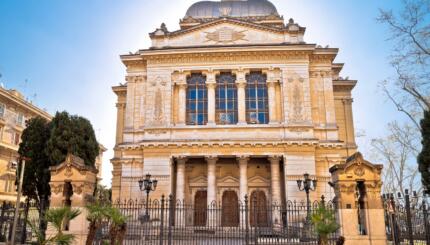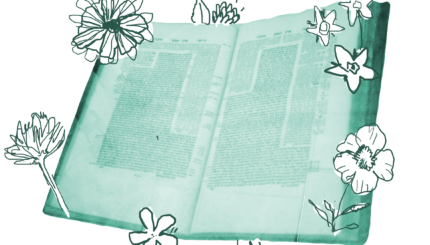The field of Jewish history, like many areas of historical scholarship, engenders controversy. Why should a scholarly examination of past events prove contentious? Applying the question of “why things happen” to Jewish life means asking who or what controls events in Jewish history — is it the will of God? The force of ideas? Powerful individuals or popular change? Scholar Louis Jacobs defines the controversy concisely in his book, The Jewish Religion, A Companion: “If Judaism has a history, then it cannot be a static body of divine truth conveyed without change from age to age.”
Critical Study of Jewish History
Questions of method also surface in the study of Jewish history. Do conventional historical periods work for Jewish history? Because Jews have always lived both apart from and as a part of larger society, periodizing Jewish history is a tricky business. While Jews are influenced by larger societal trends, they are also affected by events that are unique to the Jewish experience.
For example, 1492 is a date that all American schoolchildren learn as the year that Columbus “discovered” America. What is the significance of this date, if any, for “the Jews”? In that same year, the Jews were expelled from Spain, a seminal event in the development of Sephardic Jewry (those Jews whose ancestors are from the Iberian Peninsula); meanwhile, 1492 holds no special relevance for the Ashkenazic Jewish community (with ancestors in eastern Europe). When imposing an organizational schema on Jewish history, historians must be sensitive to the complex interaction between world events and Jewish events, as well as the diversity of Jewish experiences.
Themes in Jewish History
Certain themes in Jewish history cut across time periods and geography, thus providing a new lens though which to consider history. These “big picture” concepts include historical conceptions of Jewish space and time, Jewish power and powerlessness, and Jewish identity.
Jewish History and Jewish Memory
Collective memory is transmitted and sustained through the conscious efforts and institutions of a group. For instance, “memories” of life in the shtetl (largely self-enclosed, village-like Jewish communities in eastern Europe) produce mental images that many North American Jews can conjure up despite never having lived there–a collective memory, an image, accurate or not, that has been passed down. We can learn a lot about a community and its members both by deciphering what did happen to them and how they choose to interpret and communicate what happened to them and to others. An examination of American Holocaust memorials, for example, clues us into how the American Jewish community remembers the event. For example, does a given memorial emphasize genocide? Survivors? Victims? Rescue? Non-Jews as well as Jews?
Sephardic
Pronounced: seh-FAR-dik, Origin: Hebrew, describing Jews descending from the Jews of Spain.


